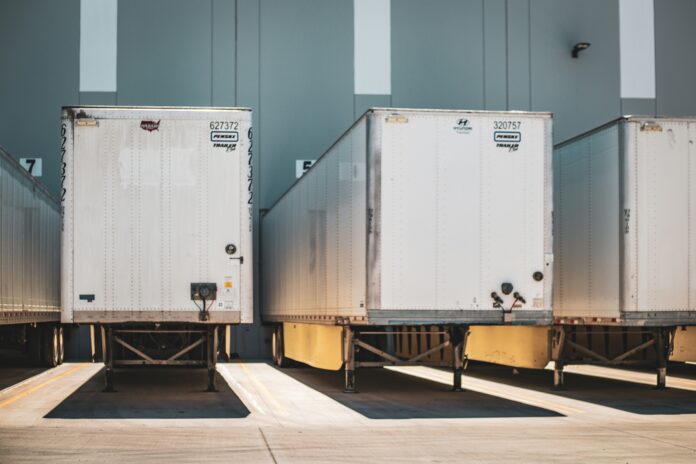
From coast-to-coast lanes to tight city docks, trucking is the quiet machine that keeps shelves full and projects alive. And at the heart of every good run is the right trailer. Choose wisely, and you save fuel, time, and stress. Pick wrong, and every mile fights back.
Let’s start with the workhorses. Dry vans are the everyday heroes for boxed freight. Refrigerators add precise temperature control for food and pharma. Flatbeds haul what will not fit inside a box: machines, steel, lumber – loading fast from any side. Lowboys squat down for tall, heavy cargo and construction gear. Then there is the open-deck all-rounder many dispatchers love: the step deck trailer. With a higher front deck and a dropped rear, it fits taller loads without oversize permits as often, while staying friendlier to forklifts and cranes.
Why open-deck trailers win contracts
- Speed: Side, top, and rear loading options trim dock time, and drivers spend less time idling and tarping when freight is staged right.
- Versatility: One week, it is a pipe, the next, a skid-steer, and then prefab wall panels. The same rig can cover mixed freight across seasons.
- Fewer surprises: A step deck reduces permit pain on tall loads compared to a standard flatbed because of its better height geometry.
Spec picks that make runs easier
- Aluminum main beams and rims shave weight and add payload without giving up strength where it counts. Composite floors beat weather and chemicals.
- Wide-spread tandems calm the ride and help with axle limits. Air-ride suspensions protect fragile cargo and driver backs.
- Winch tracks every few feet, sliding ratchets, and high-quality straps and chains cut securement time.
- Go for LED harnesses with sealed connectors, auto-inflation for tires, and stainless toolboxes—fewer shop stops, more billable miles.
Buying used? Think like a fleet manager
- Check main beams at the neck and over axles for stress marks. Look for rewelds. A straight frame is non-negotiable.
- Inspect floor planks for rot, delam, or soft spots. Tap with a mallet and listen.
- Measure deck height and clear length; minor differences matter for permits and lane access.
- Tires may look fine, but date codes and even wear tell the truth. Replace in sets when possible.
- Ask for maintenance logs. Grease records and light repairs today prevent big hits tomorrow.
Owner-operators: match the trailer to the lanes you want
- Industrial hubs pay for machinery and steel; wind corridors need extendables; coastal markets love container chassis and port-ready gear.
- If you chase oversize, use banners, poles, lights, and route planning tools. If you chase speed, think lightweight and aerodynamic.
- If your dispatch board is a desert at noon, the problem might be your trailer, not your hustle.
Shipper checklist for fewer headaches
- Share accurate weights, center of gravity, and lift points in advance. Good info beats brute force.
- Stage freight to match the load order and securement plan. Minutes saved at the dock turn into hours at scale.
- Choose carriers that photograph every load at pickup and after securement—transparent ops build trust fast.
The bottom line
In trucking, the most innovative gear is the gear that keeps you profitable. Choose a trailer for the freight you want tomorrow, not just the load you see today. A well-specced step deck is a proven upgrade if versatility, faster loading, and fewer permit surprises are on your list. When you’re ready to compare builds and prices, start here: the Step Deck Trailer options, specs, availability, financing insights, practical tips, and more.





